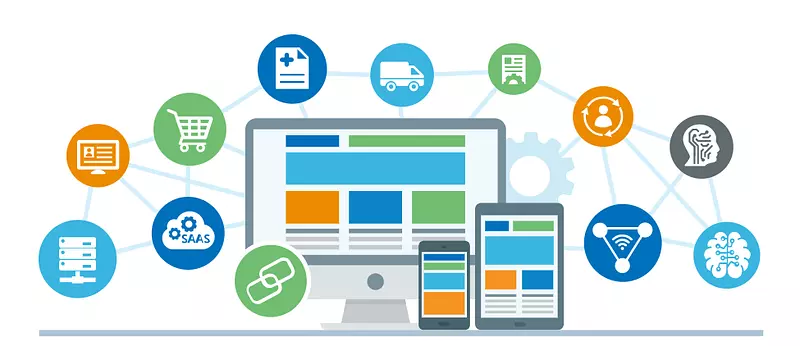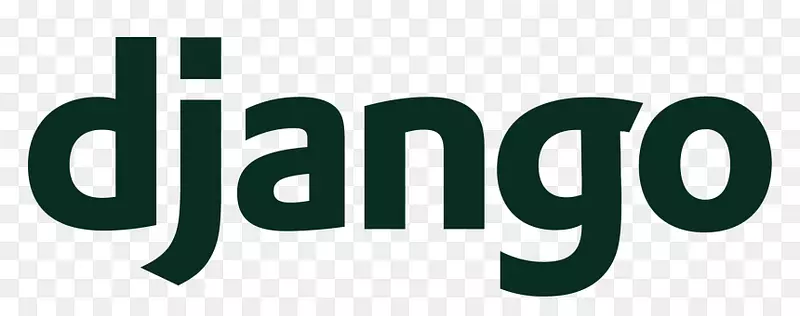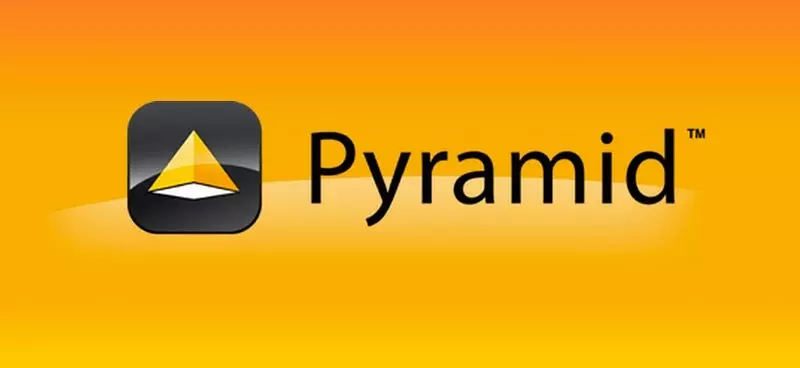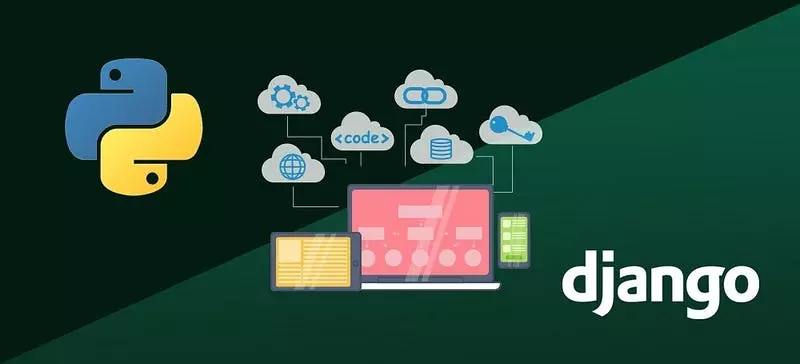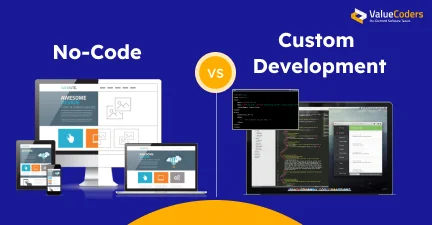Python is a popular programming language, and for a good reason. It’s easy to understand, has a large number of libraries that provide robust functionality out-of-the-box, and supports multiple paradigms in the same programming language. Moreover, web development with Python balances readability with pragmatism: it’s concise without sacrificing clarity.
Do You Know?
- Python with 126K GitHub stars & 33.6K GitHub forks.
- 7786 corporations reportedly utilize Python technology in their tech stacks, including Uber, Google, and Pinterest. (StackShare)
- 227,145 live websites are using Python; moreover, 623,360 sites used the same historically.
Using Python, you can build anything from simple scripts to complex applications! This blog will help you know why Python is crucial for web development and a lot more.
Let’s first start with knowing basic things like:
What is web development?
It is the process of conceiving, designing, building, testing, and maintaining websites. It can range from developing a single static page to complex web-based applications. Moreover, it can also include web design, user experience design, and online marketing.
What makes Python well suited for web development?
Here I have stated the 8 reasons what make Python well suited for web application development:
1. Simple to understand
Python is an easy language to understand because of its clean syntax. It’s one of the easiest languages for beginners, and you can start writing your own programs in Python within just a few minutes!
2. Number of libraries
Python comes with a rich library ecosystem that includes modules for web development, scientific computing, data analysis, artificial intelligence, and more.
This means you don’t have to spend time reinventing the wheel — you can use these libraries to get up and running quickly!
3. Balances readability with pragmatism
Python is a multi-paradigm language that supports object-oriented, functional, and procedural programming. This means you can get the job done quickly without having to use “one size fits all” approaches!
4. Wide-spread popularity
Python is one of the most popular programming languages in the world. It’s used by major companies like Google, Uber, and Pinterest, and it has a huge community of experts who are always willing to support you out!
5. Enterprise Application Integration
Python has multiple libraries for enterprise application integration (EAI), including the popular open-source product Celery.
This allows you to connect to various data sources and write code that interacts with them in an asynchronous manner.
1. Asynchronous Coding
Python’s asynchronous coding style can be a real-time-saver when it comes to I/O-intensive applications. By taking advantage of multiple cores, you can speed up your application’s performance without needing to rewrite large portions of code.
2. Fast Development
Python is a fast, easy-to-use, and expressive language that allows you to quickly prototype web applications. In addition, the Django framework helps automate common tasks like database migrations and creating templates.
This can help reduce development time and improve your team’s efficiency.
3. Web Scraping
If you need to extract data from websites, Python can help with that too! Built-in libraries like Beautiful Soup, Requests and LXML make it easy to extract data from HTML pages. You can even write your own scrapers if the built-in ones don’t fit your needs.
So, these were some of the reasons why Python is popular for web development. In addition to that, let’s see some of the most important libraries and frameworks used in Python for web development.
Popular Python Web Development Frameworks
Here I have quoted some of the most popular frameworks used for web development in Python:
1. Django
Django is a top-rated Python framework that encourages prompt development, clean and pragmatic design.
It concentrates on automating as much as possible and adhering to the DRY (don’t repeat yourself) principle. It includes multiple features and functionalities like:
- An ORM (Object Relational Mapper) for working with databases
- A built-in template system
- A WSGI compliant web server
- Automatic admin interface generation
2. Flask
Flask is a Python microframework that is designed for the rapid development of web applications. It includes a small set of features like request routing, templating engine, and session management.
However, Flask can be extended with various extensions available from the community. Some core functionalities that flask include is:
- URL routing
- Request and Response objects with JSON, XML support
- Templating system that includes Jinja templates
3. Pyramid
Pyramid is a small, fast, and flexible web framework for Python. It’s ideal for beginner programmers thanks to its simple design that doesn’t get in the way of rapid development.
In addition to being easy to start with, it also comes with features like internationalization support and security headers baked right into the core. A few main features and functionalities of the Pyramid framework are:
- Multiple options for frontend integration (templates, static files)
- Security and internationalization built right in at the framework level
- Configurable via a file or in code
4. TurboGears
TurboGears is a full-stack web framework for Python that makes it easy to create complex websites quickly. It includes features like an ORM, templating system, and authentication/authorization layers.
In addition, it can be plugged into various backends like SQLAlchemy, MongoDB, and Redis. Some of the features that TurboGears provides are:
- An ORM (Object Relational Mapper) for working with databases
- A templating system with support for Mako, Genshi, Jinja, and Kid templates
- Integration with authentication and authorization systems like LDAP, CAS (Central Authentication Service), or Active Directory
Web Development with Python is Fun!
If you’re interested in web development with Python and want to build dynamic websites quickly, you can hire Python developers from the best website development company in India.
Best Python Libraries Used In Web Development
Some of the best Python libraries used in web development are listed below:
TensorFlow
TensorFlow is an open-source software library for numerical computation using data flow graphs.
In addition, it allows creating deep learning models that work in a similar way to how the human brain works & can be trained with large amounts of data.
NumPy
NumPy is a fundamental library for scientific computing in Python. It provides efficient, high-level data structures and operations on arbitrary size and shape arrays.
Pandas
Pandas is a powerful data analysis library that makes it easy to work with large datasets. It provides sophisticated yet easy-to-use data structures, along with a wide variety of tools for data analysis.
Keras
Keras is a powerful library for building neural networks. It uses an advanced technique known as automatic differentiation, which allows you to write clean and concise code without any boilerplate or low-level details.
Seaborn
It is one of Python’s most popular data visualization libraries. It provides high-level methods that make it easy to create visualizations for statistical datasets.
Matplotlib
Matplotlib is the most popular Python library for data visualization, especially in scientific applications.
Additionally, it provides high-quality figures and supports many features like- mathematical annotation, captions, table generation, alignment of axes labels/ticks/gridlines, etc., SVG output support, and more.
Now moving further, let’s check out how you can develop web applications with Python. Moreover, you can hire dedicated developers to accomplish the project in the right way.
Python is often the language of choice for web developers thanks to its simple syntax, high readability, great documentation, and a large pool of supporting libraries. There are several ways to create your website, but here I have explained the steps that a dedicated development team uses to create a web app using the Django Python framework.
Also Read: Python Vs Java: Which Is Best For Your Business App Development?
Let’s see how it works in detail!
Creating Web App Using Django Python Framework
Here I have stated the basic simple steps to create a web app using Django Python Framework:
Step1: Installation of Django
You can install Django on your computer by using the following command:
pip install django
This command will help you install the latest version of Django on your system. Alternatively, you can also use easy_install to install it.
Step2: Creating a Project
Once Django is installed, you need to create a project in order to start developing websites with it. To do so, run the following command:
django-admin startproject “mysite”
This will create a directory called “mysite,” which contains all of your project’s files and directories.
Step3: Creating an app inside your Django Project
Now you have to add a new application to this newly created project to run the Python framework. To do so, run the following command:
cd mysite/mysite django-admin startapp “myapp”
This will create a directory called “myapp” inside your project and add all of the necessary files and directories to it.
Step4: Configuring your App
Now you need to configure your newly created app for Django to know how to run it. To do so, open the mysite/settings.py file and add the following lines of code:
INSTALLED_APPS = (
‘django.contrib.admin’,
‘mysite.myapp’,
)
The first line tells Django which apps to load when your project starts. In this case, we are conveying it to load the admin app and our own “myapp” app.
Moreover, the second line tells Django where to find our “myapp” app. You can modify this directory if you want, but be sure to update the corresponding path in your mysite/urls.py file as well!
Also Read:10 Ways Python Development Can Benefit Your Business
Step5: Creating a Model
Now it’s time to form our first model! Models are the heart of Django applications and define your data structure. To do so, open the mysite/myapp/models.py file and add the following code:
class BlogPost(models.Model):
title = models.CharField(max_length=140)
content = models.TextField()
As you can see, a model is just a normal Python class that extends the django.db.models.
Model base class defines some fields for your data types using various methods such as CharField, DateTimeField, etc., which correspond to different data types.
Step6: Creating a View
Now you need to create a view that will be responsible for handling user requests.
To do so, open the mysite/myapp/views.py file and add the following code:
from django.shortcuts import render_to_response from .models import BlogPost def blogpost(request):
post = BlogPost.objects.get(pk=request.GET[‘id’])
if post is not None:
render_to_response(‘blogpost.html’, {‘post’: post}) else:
render_to_response(‘404.html’)
The first line imports the render_to_response function from the django.shortcuts module. This function is used to render templates to responses.
The second line imports our BlogPost model from the .models module.
Moreover, the third line defines our blogpost view, which takes a request as input and gets the id of the BlogPost object from it. If the BlogPost object is not “None,” it renders the blogpost.html template with the post object as input. If the BlogPost object is null, it renders the 404.html template.
Step7: Creating a Template
Now you need to create a Django template that will be used to render our view. To do so, create a file called blogpost.html inside the templates directory of your app with the following contents:
{% extends “base.html” %}
{% block content %}
{{ post }}
{% endblock %}
The first line tells Django which template to extend, and in this case, we are extending a base template that contains the basic HTML structure for our website.
Moreover, the second line tells Django to replace the content block of the blogpost.html template with the output of the {{ post }} tag. This will print the contents of our BlogPost object inside the template.
Step8: Testing your App
You have formed all of the necessary files; it’s time to test your app! To do so, run the following command:
python manage.py runserver
You should see the Django development server startup, and you can now access your application at the following URL:
localhost:8000/mysite/myapp/blogpost/?id=123
You can also use the debug toolbar to see information about the requests and responses made by your application.
I think now you got a basic understanding of how Django works; you can start building more complex applications! If in case you require any sort of help developing your web app, then without giving a second thought, hire Python developers from one of the top-rated Python development companies.
Have a look at the video below:
Ending Words
Python is a popular programming language for many reasons, but it also happens to be the best choice for web development. Python code can be used to create websites that are both interactive and dynamic.
Moreover, it’s easy to use, which means you don’t have to spend time trying to learn how it works or constantly troubleshoot your programs when they go wrong.
If you’re looking into hiring professionals who know the right way of doing things, you should consider, hire python developers from an excellent Python web development company.

